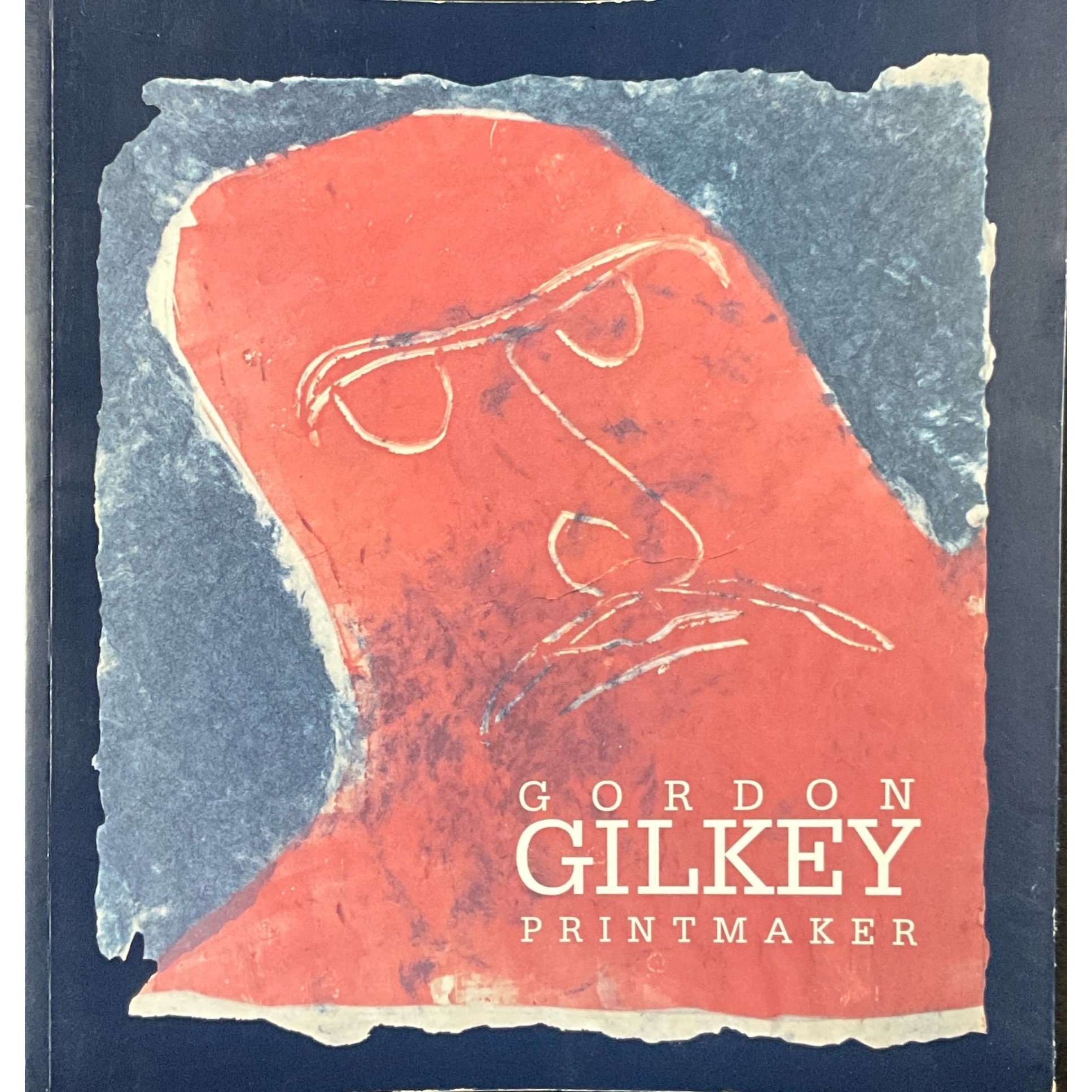GORDON WAVERLY GILKEY
(1912-2000)
American Printmaker
Gordon Waverly Gilkey began teaching art in 1930 as a student teacher at Albany College (now Lewis & Clark College). In 1936, he was the recipient of the first Master of Fine Arts(MFA) ever to be awarded by the University of Oregon. From 1937–1939, he produced the architectural etchings for the 1939 New York World’s Fair and wrote the official book for that event. He joined the art faculty of Stephens College in Columbia, Missouri in 1939, where he remained for three years until he began his military service.
During World War II, Gilkey served in the United States Army Air Corps and advised General Eisenhower on cultural monuments to be spared from bombing. Following the Allied victory, Gilkey was named Chief of the War Department’s German War Art Program from 1945 to 1947. His primary responsibility included gathering German and Nazi propaganda art.
Gilkey also organized the collection, created indexes and files, preserved and restored paintings needing immediate attention, and packed them for shipment. In December 1946 he organized an exhibit of 103 war pictures at Frankfurt’s Staedel Museum, which was viewed by 1500 Allied servicemen and members of the press. Ultimately, 8,722 objects were shipped to the United States (Army Headquarters at Pentagon) on March 20, 1947. For his work, Gilkey was knighted by France and received honors from Italy, Germany and Sweden.
In 1947 Gilkey joined the faculty of Oregon State University in Corvallis, retiring in 1978 as dean of the College of Liberal Arts. That year he became Curator of Prints and Drawings at the Portland Art Museum and professor and printmaker in residence at the Museum Art School, now known as the Pacific Northwest College of Art, in Portland. The college organized a retrospective of his work in 1999.
Over the years Gilkey amassed a large collection of prints spanning the period from the 15th century to the present, with particular emphasis on Mexican, French 19th-century and German Expressionist works. Starting in 1978, he donated more than 10,000 prints, and some drawings, to the museum, which established the Vivian and Gordon Gilkey Center for Graphic Arts in 1993.
books
ADDITIONAL WORKS AVAILABLE


